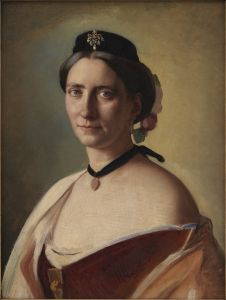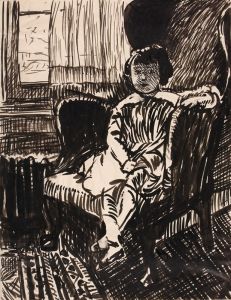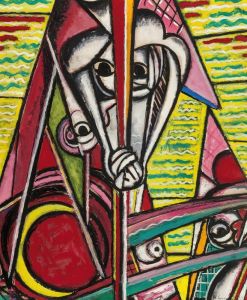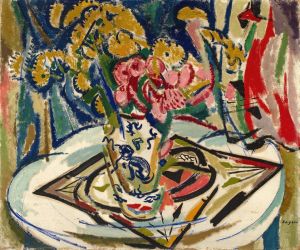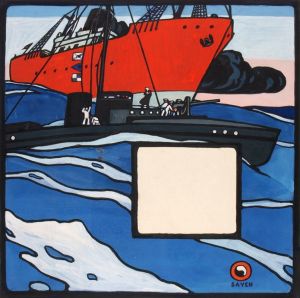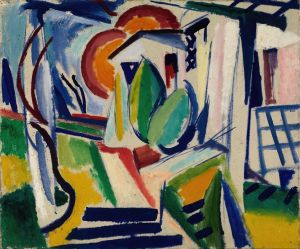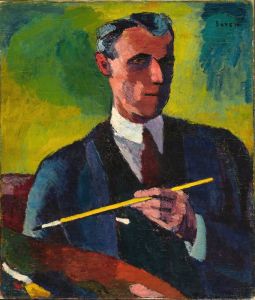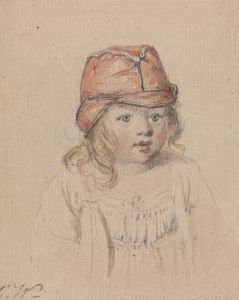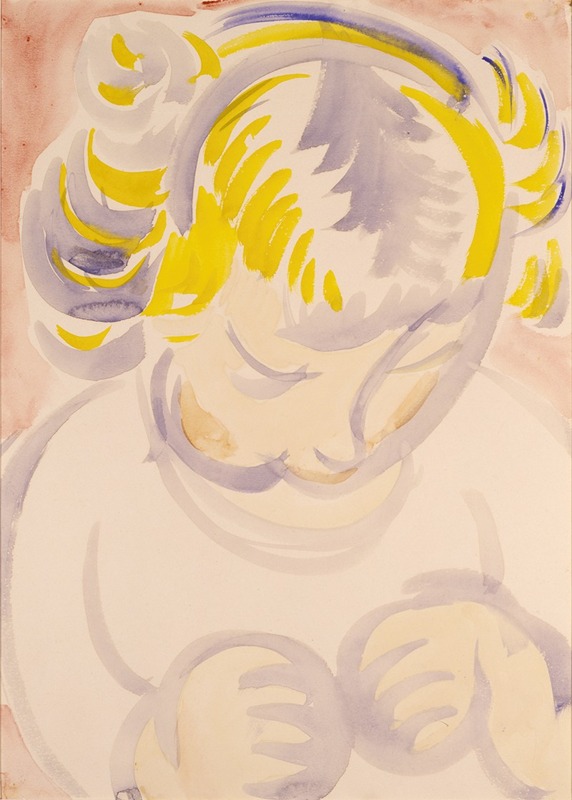
The Artist’s Daughter
A hand-painted replica of Henry Lyman Saÿen’s masterpiece The Artist’s Daughter, meticulously crafted by professional artists to capture the true essence of the original. Each piece is created with museum-quality canvas and rare mineral pigments, carefully painted by experienced artists with delicate brushstrokes and rich, layered colors to perfectly recreate the texture of the original artwork. Unlike machine-printed reproductions, this hand-painted version brings the painting to life, infused with the artist’s emotions and skill in every stroke. Whether for personal collection or home decoration, it instantly elevates the artistic atmosphere of any space.
Henry Lyman Saÿen was an American artist known for his contributions to the early 20th-century art scene. Born in 1875, Saÿen was not only a painter but also an inventor and a scientist, having worked with the renowned physicist Marie Curie. His artistic works are characterized by their vibrant use of color and dynamic compositions, reflecting the influence of both Post-Impressionism and Fauvism.
"The Artist’s Daughter" is one of Saÿen's notable paintings, although specific details about the painting, such as its creation date, dimensions, and current location, are not widely documented. The painting is presumed to depict Saÿen's daughter, capturing a personal and intimate aspect of his life. This work exemplifies Saÿen's ability to blend scientific precision with artistic creativity, a skill likely honed through his dual career as an artist and a scientist.
Saÿen's style often incorporated bold colors and expressive brushwork, which can be seen in "The Artist’s Daughter." His approach was influenced by his exposure to European art movements during his time in Paris, where he interacted with other avant-garde artists. This period in Paris was crucial for Saÿen, as it allowed him to develop a unique style that combined American and European artistic sensibilities.
While specific exhibitions or critical receptions of "The Artist’s Daughter" are not extensively recorded, Saÿen's work, in general, has been appreciated for its innovative use of color and form. His paintings often explore themes of family and personal relationships, providing insight into his life and the people who were important to him.
Saÿen's contributions to art extend beyond his paintings. His scientific background and work with X-ray technology also influenced his artistic perspective, allowing him to experiment with light and shadow in novel ways. This interdisciplinary approach set him apart from many of his contemporaries, as he was able to draw connections between the scientific and artistic worlds.
Despite the limited information on "The Artist’s Daughter," Saÿen's legacy as an artist is marked by his ability to transcend traditional boundaries and explore new frontiers in art. His works continue to be studied for their technical skill and emotional depth, offering a glimpse into the early 20th-century art scene and the personal life of a multifaceted artist.
In summary, while detailed information about "The Artist’s Daughter" is scarce, the painting remains an important part of Henry Lyman Saÿen's oeuvre. It reflects his artistic vision and personal experiences, contributing to our understanding of his work and the broader context of American art during his time.





